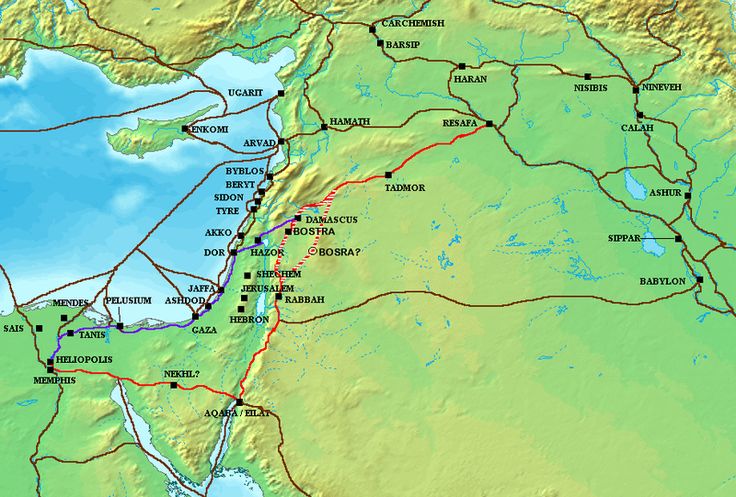@justbyfaith and I had a difference of opinion about certain aspects following Jesus’s birth. I feel that Luke 2:22 is not the same event as Luke2:21. Also I have been trying to work out when Joesph took Mary and Jesus to Egypt, how it fits in with the accounts in Matthews gospel and Luke’s. Also the gifts would have given provision to Mary and Joseph ,yet at the purification they can only afford birds. Had they gone to Egypt and used those gifts, or had they not encountered the magi and in fact returned to Bethlehem, and the gone to Egypt. Anyone else got any thoughts...... here are my own. .....
....We know that Jesus was born in Bethlehem
We know that the star was first seen by the Shepherds
‘ After Jesus was born in Bethlehem Magi from the east came to Jerusalem ‘ They proclaimed that they had seen a star and knew a King had been born. ( Matthew chapter 2 ) Now we know that they came from the east , some presume this was from Persia or souther Arabia. I am presuming the Star they saw was the one that the Shepherds had seen. So these wise men would have left their home countries around about the time of the birth of Jesus. This would have been the starting time frame for Herod. ( Matthew 2:16 )
It is estimated that the journey would have taken months, then they would have spent time in Jerusalem, then travelled to Bethlehem.
So I am not sure that it would have taken them years to reach Jesus. So he could have been in his first year.
We know that more time would have lapsed before King Herod discovered that they had not gone back to him, his decree to murder All boys two years under appears to be more of a desperate measure to make sure. I mean why kill babies under a certain age if time had lapsed since the Magi proclaimed to him that the King had been born. It conveys that he simply wasn’t sure and wanted to cover his bases.
We know that Jesus was circumcised on the 8th day, but the gospel doesn’t relay where that took place. ( Luke 2: 21 ) Now the next passage is the one we disagree on....... it states in Luke 2: 22 ‘ When the time of their purification , according to the law of Moses, had been completed, Joseph and Mary took him to Jerusalem ....... it doesn’t say his purification , but theirs ... in Leviticus chapter 12 it states that after a birth a period of approx 40 days should pass before they are allowed to go to the temple ( unless it is a girl, then the time is longer ). Both parents were in the temple mentioned in Luke 2:22 onwards, so surely if this part of the gospel was referring to Jesus being circumcised Mary would not have been able to enter the temple.
I must admit that I get a bit lost with all the timing between Matthew and Luke’s account with regards to when they went to Egypt, we know that they were warned after the Magi had left and also it conveys that Joseph left in the night and travelled there. Only after Herod died did they return and settle in Nazareth Yet in the account in Luke it claims that after they had done all things required by the law ( circumcision and purification ) they settled down in Nazareth.
It did occur to me that purification can take place after the 40 days, but didn’t have to take place then, which means that they could have gone to Egypt and fulfilled that part of the law when it was safe for them to return to Jerusalem. Samuel was three years old before he was presented at the temple and given to the Lord to fulfil the promise his mother had made.
This would tie in with accounts that they were in Egypt a few years, and also fit in with Herods decree and his later death. If Jesus was in his first year when the Magi arrived, that would also fit in.
With regards to the gifts, I guess it very much depends on how this all fits together .....
Those gifts could have been a means of provision for both of them going to Egypt
It depends when they presented Jesus at the temple , so I keep an open mind on that for the time being.
It would be interesting to see what others think about this part of Jesus story and how it all fits together. Where do others think Egypt fits in to the time line.
Rita


